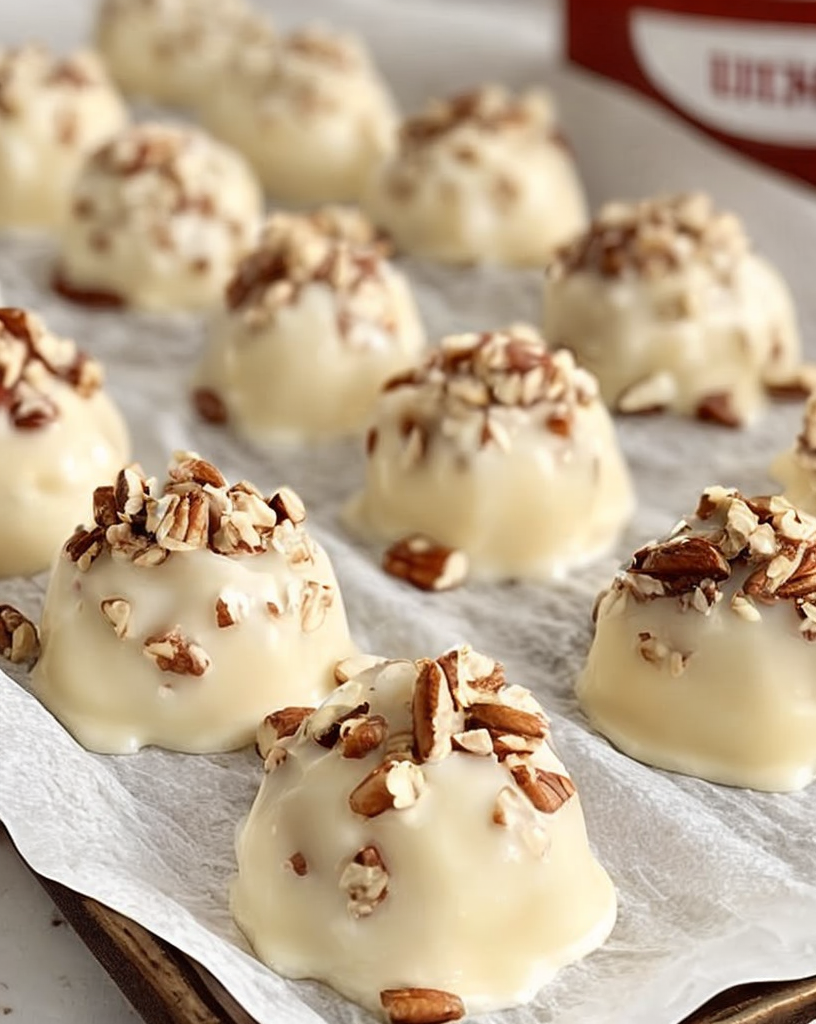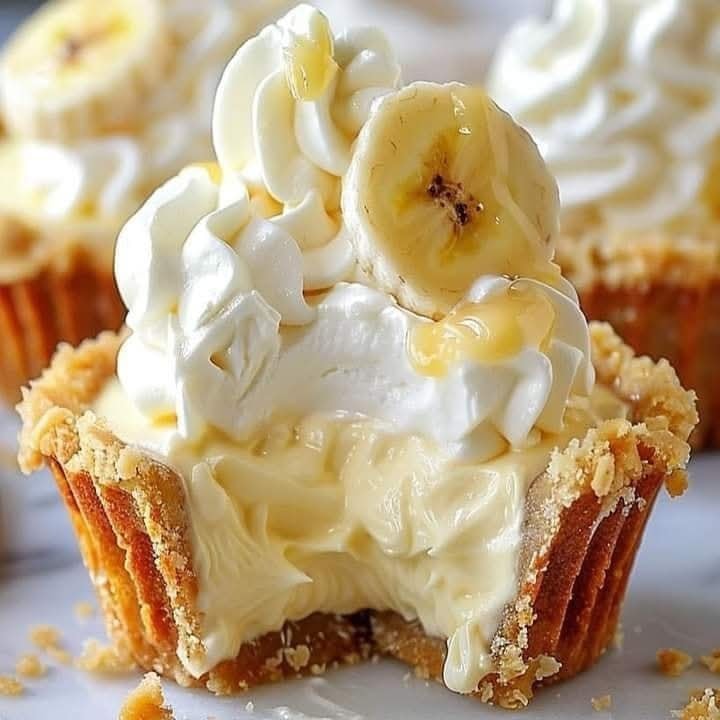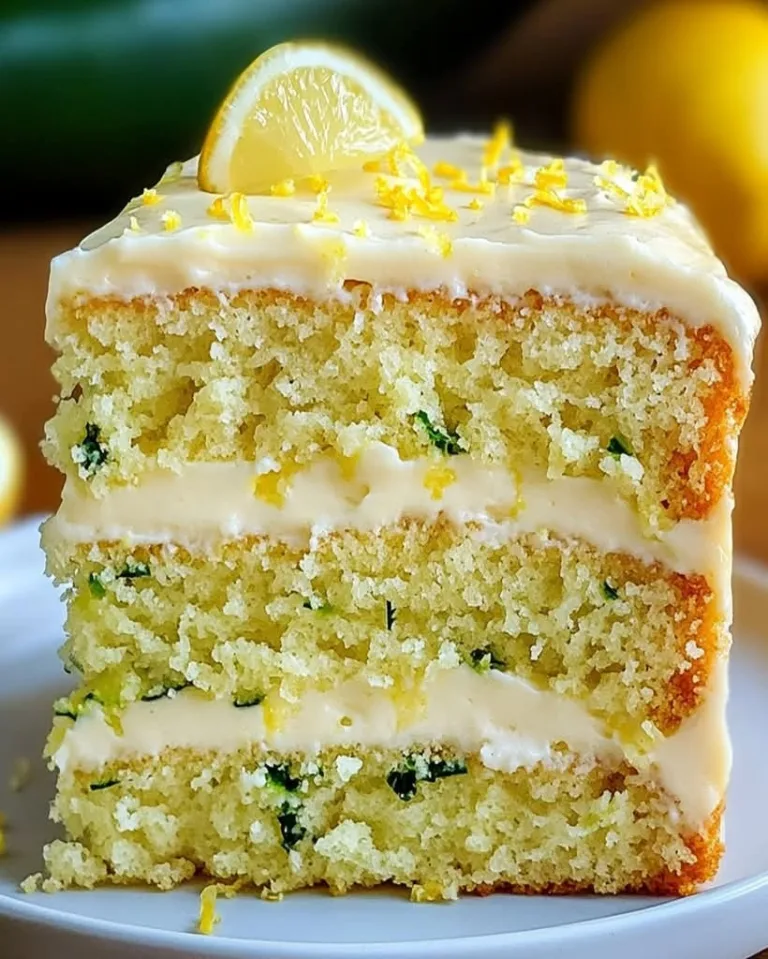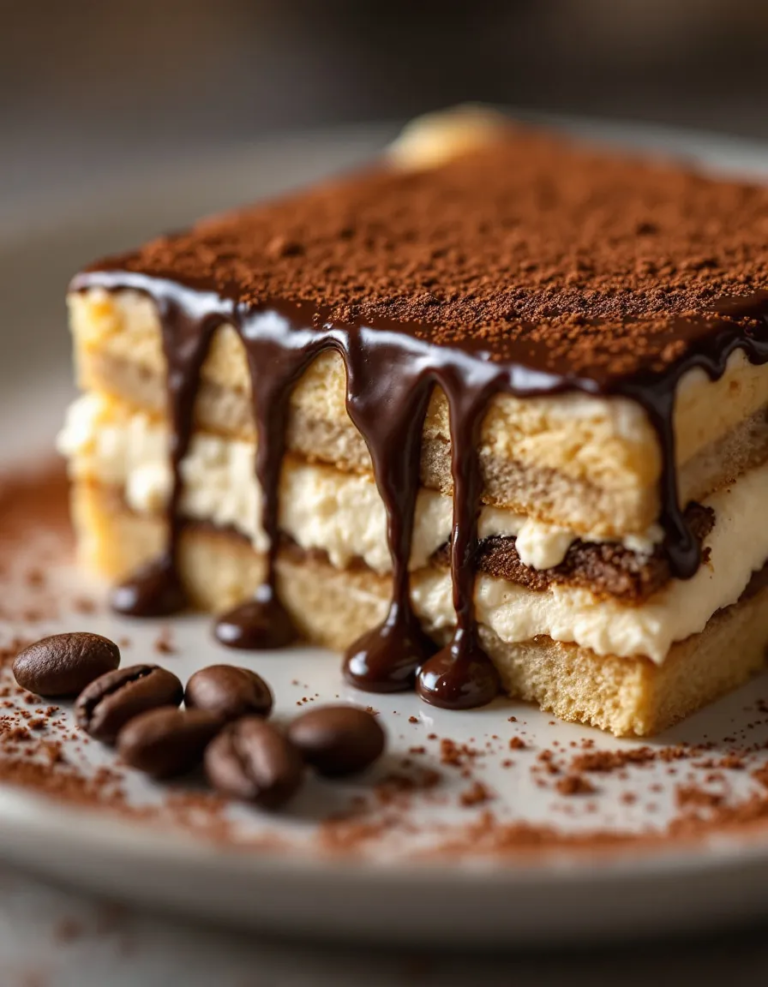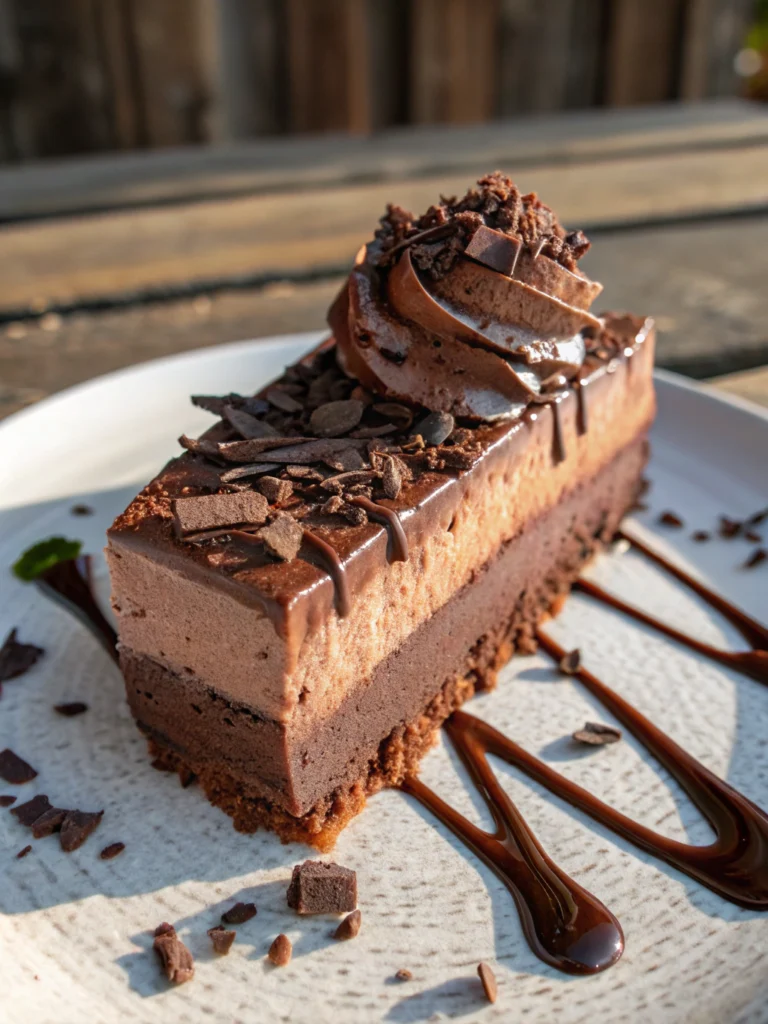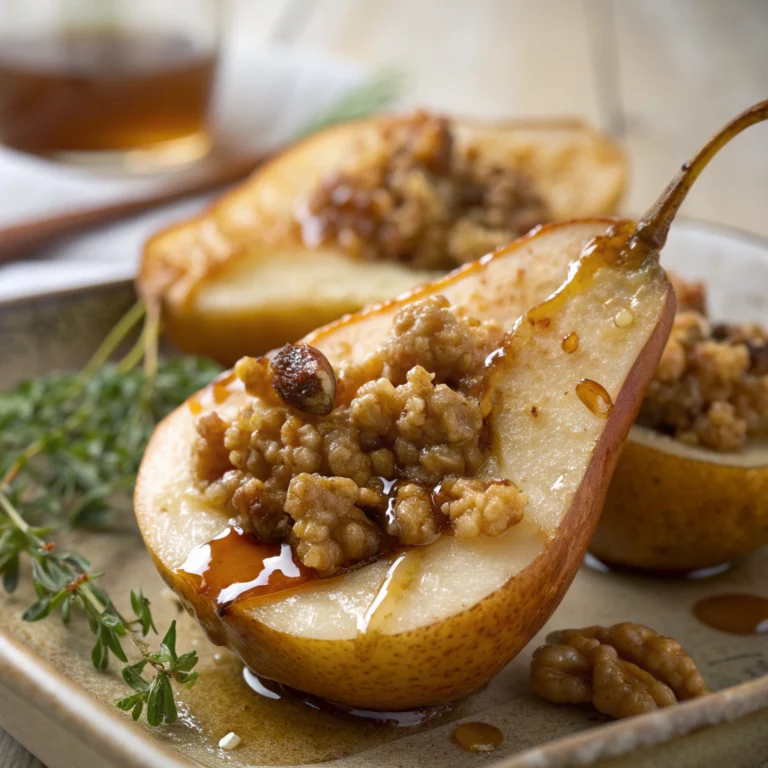Easy Vanilla Pecan Pralines Candy – Perfect for Gifting
Easy Vanilla Pecan Pralines Candy Recipe: A Southern Delight
Indulge in the rich, buttery goodness of Southern cooking with this Easy Vanilla Pecan Pralines Candy Recipe. These sweet treats combine the nutty flavor of pecans with a creamy vanilla essence, creating an addictive delicacy sure to satisfy any sweet tooth. Ideal for holiday gatherings or a special treat, these pralines bring joy and a touch of Southern hospitality to any occasion.
Pralines have a meltingly soft texture, with a delightful crunch from the pecans, making each bite a blissful experience. The aroma of vanilla and lightly toasted pecans fills your kitchen, creating an inviting ambiance. Their golden brown sheen, dotted with pecan halves, adds visual appeal, making them perfect for gift-giving or enhancing your dessert table. Even novice cooks will find this recipe easy to follow, requiring no special equipment or complex cooking techniques.
Quick Recipe Highlights
- Flavor Profile: The sweetness of sugar blends seamlessly with the buttery richness of pecans and the warm notes of vanilla.
- Texture: Enjoy a smooth, fudgy texture with a crunchy pecan surprise in every piece.
- Aroma: Bask in the comforting scent of toasted nuts and vanilla wafting through your kitchen.
- Visual Appeal: Gleaming with golden-brown hues, sprinkled with pecan halves, and glossed with a caramel sheen.
- Skill Level Needed: This recipe’s simplicity makes it accessible, even to those with basic cooking skills.
- Special Equipment: A reliable heavy-bottomed saucepan and a candy thermometer ensure perfect pralines every time.
Recipe Overview
- Difficulty Level: Easy enough for a beginner, this recipe avoids the complexities of candy-making by using straightforward steps and simple ingredients.
- Category: Perfect as a dessert or a sweet snack, these pralines fit seamlessly into snack time or after-dinner indulgences.
- Cuisine: Rooted in Southern culinary tradition, these pralines pay homage to the rich flavors and comforting textures of the American South.
- Cost: Cost-effective as it requires only a handful of pantry staples, making it an affordable yet decadent treat.
- Season: Best suited for the cooler months when warm, comforting flavors are most appreciated; ideal for holiday seasons and gatherings.
- Occasion: Perfect for festive celebrations, gift-giving, or any time a sweet indulgence is needed.
Why You’ll Love This Recipe
The taste and texture of these pralines make them an undisputed favorite. Their caramelized sweetness complemented by vanilla notes offers a decadent treat without overpoweringly rich ingredients. The convenience of preparing pralines with minimal tools and simple, accessible ingredients makes this an ideal recipe even for busy home cooks. Nutritionally, the pecans add a dose of healthy fats and protein, making these treats slightly indulgent yet satisfying.
Socially, pralines are a joy to share. Their Southern charm carries hospitality, making them perfect for gifting or enjoying with friends. Cost-effectively using inexpensive ingredients means you can whip up a batch without straining your budget. Being able to find all ingredients in a regular supermarket adds to the accessibility, letting you create this deliciousness any time the craving hits. Their nostalgic essence and delectable flavors will leave a lasting impression on anyone who tastes them.
Historical Background and Cultural Significance
Pralines trace their origins to 17th-century France, named after the French diplomat, César, duc de Choiseul-Praslin. Originally made with almonds, the recipe evolved as it traveled to America, where pecans became the primary nut due to their abundance. In the Southern U.S., especially Louisiana, pralines gained cultural significance, becoming synonymous with local sweets offered in markets and home kitchens alike. Overtime, the praline recipe was adapted, with variations emerging that highlighted regional influences and available ingredients.
Ingredient Deep Dive
Sugar is essential for caramelization and sweetness, forming the base of the praline’s fudgy texture. Its crystallization process, when carefully monitored, creates the characteristic melt-in-your-mouth quality. Pecans, native to North America, offer a rich, buttery taste and desirable crunch. They’re also packed with healthy fats and a variety of nutrients, adding a nutritional boost to this indulgent treat. Proper selection involves choosing plump, uncracked, and fresh-smelling nuts. Store pecans in a cool, dry place or freeze them for longer shelf life to retain their freshness.
Common Mistakes to Avoid
- Over-cooking sugar can lead to burning and bitterness, ruining the pralines’ delicate taste.
- Skipping the candy thermometer might result in improper consistency affecting texture.
- Under-stirring during the cooking process can cause uneven sugar crystallization.
- Not allowing pralines to settle can prevent proper hardening, making them gooey.
- Using low-quality vanilla extract will compromise the overall flavor profile.
- Storing in moist environments can cause pralines to become sticky and lose crunch.
- Inadequate roasting of pecans could result in a raw taste, instead of a nutty, flavorful bite.
- Substituting low-fat butter can alter the creamy consistency and flavor.
Essential Techniques
A candy thermometer is crucial for monitoring the sugar’s precise temperature to achieve the perfect texture. Stir the sugar mixture constantly to ensure even heat distribution and prevent crystallization. Proper roasting of pecans enhances their flavor, adding depth to the pralines. As you pour and spread the candy mixture onto parchment, swift and even actions prevent setting or sticking issues. Watching for visual cues like sugar’s amber color helps in timing the candy’s readiness accurately.
Pro Tips for Perfect Easy Vanilla Pecan Pralines
Ensure your pecans are fresh by tasting them before use. Freshness impacts the overall flavor significantly. Toast them lightly to enhance their natural oils and aroma. When cooking sugar, medium heat helps maintain the correct temperature without risking burning. Use pure, high-quality vanilla extract to elevate flavor richness. Uniform scooping and spreading while the mixture is hot ensures evenly sized pralines. Cool pralines at room temperature for the best texture. Avoid refrigeration unless necessary to maintain optimal consistency and flavor.
Variations and Adaptations
Regional variations of pralines include those using other nuts like almonds or macadamias, offering different flavor profiles and textures. For seasonal adaptations, adding spices like cinnamon or nutmeg introduces a warm, holiday feel. To accommodate different diets, consider vegan alternatives using plant-based butter or milk. For an alternative flavor twist, add a touch of bourbon or a sprinkle of sea salt. Adjusting the cooling method can modify texture; refrigerating until firm gives a firmer bite, while air cooling maintains a softer feel.
Serving and Presentation Guide
Arrange pralines artfully on decorative platters for a stunning display at parties or gatherings. Try garnishing each praline with a sprinkle of flaky sea salt or a dusting of cocoa powder for a gourmet touch. Pair them with fresh berries on the plate for color contrast and added freshness. Modern ideas include serving pralines with small espresso cups, balancing sweetness with bitterness. Serve them slightly chilled for a firm texture or at room temperature for a melt-in-the-mouth soft bite.
Wine and Beverage Pairing
Pairing pralines with a rich, buttery Chardonnay enhances their nutty sweetness, while a semi-sweet Riesling offers a contrasting delight. For non-alcoholic options, consider coffee-based beverages like a latte or cappuccino, whose bitterness contrasts beautifully with pralines’ sweetness. Herbal teas with citrus or fruity notes offer refreshing palate cleansers. Warm beverages can emphasize soothing flavors, ideal for cooler settings. Balance heaviness with lighter sips, ensuring each bite retains its texture and taste throughout the serving experience.
Storage and Shelf Life
Store pralines in an airtight container, layered between sheets of wax paper, at room temperature, for up to two weeks. Choose cool, dry environments, avoiding moisture to prevent stickiness and maintain crunchiness. Use glass or plastic containers to prevent absorbing odors that might alter flavor. Watch for any signs of spoilage, such as melting or discoloration. If freezing is necessary, wrap them individually to preserve texture. Reheat gently, if desired, at a low oven temperature to revive their original texture.
Make Ahead Strategies
To make pralines ahead, prepare the pecans by roasting them a day or two early. Store them in an airtight container to maintain freshness. Once prepared, pralines can be stored at room temperature until needed. If preparing a large batch, consider creating smaller sub-batches to store, ensuring quality is maintained. When reheating for service, keep the method gentle to prevent altering their texture. Adding fresh elements, like a sprinkle of vanilla sea salt before serving, can enhance already-made pralines.
Scaling Instructions
To halve the praline recipe, adjust ingredient proportions accordingly, being precise with measurements to maintain consistency. For doubling or tripling, consider using a larger saucepan to prevent overflow. Adjust cooking time by closely monitoring the sugar temperature, as larger batches may take longer. Be mindful of storage space; larger quantities require more room. If storing long-term, dividing the batch into smaller containers can help maintain freshness and make accessibility easier when enjoying them later.
Nutritional Deep Dive
Pralines, while a treat, offer nutritional benefits thanks to their primary ingredient, pecans. Rich in healthy fats, these nuts provide a good source of protein and fiber, contributing to satiety. Sugar, when consumed in moderation, provides energy and contributes to overall meal satisfaction. Vanilla adds flavor with negligible nutritional impact, enhancing taste without extra calories. Portion control is crucial, as pralines are calorie-dense; enjoying them occasionally as a treat allows for balanced dietary habits.
Dietary Adaptations
For gluten-free adaptations, rest easy—this praline recipe is naturally gluten-free. To create a dairy-free version, substitute dairy butter with plant-based alternatives. Vegan options are simple: use vegan butter, and ensure all ingredients are plant-derived. For a low-carb option, experiment with sugar substitutes that caramelize, though texture may vary. Keto adaptations involve high-fat substitutes but may require trials to master consistency. Paleo adaptations involve unrefined sugars like coconut sugar. For low-FODMAP needs, ensure ingredients meet dietary constraints.
The Recipe
Easy Vanilla Pecan Pralines Candy
Serves: 12 Pralines
Prep Time: 10 mins
Cook Time: 20 mins
Total Time: 30 mins
Kitchen Equipment Needed
- Heavy-bottomed saucepan
- Candy thermometer
- Wooden spoon
- Cookie sheet
- Parchment paper
Ingredients
- 1 cup granulated sugar
- 1/2 cup brown sugar
- 1/2 cup heavy cream
- 4 tablespoons unsalted butter
- 1 teaspoon vanilla extract
- 1 1/2 cups pecan halves
- Pinch of salt
Directions
- Line a cookie sheet with parchment paper and set aside.
- In a heavy-bottomed saucepan, combine granulated sugar, brown sugar, heavy cream, and butter.
- Heat over medium, stirring constantly, until sugar dissolves and mixture begins to boil.
- Attach a candy thermometer and cook until mixture reaches 235°F (soft ball stage).
- Remove from heat and stir in vanilla, pecans, and salt.
- Continue stirring vigorously for about 3 minutes until the mixture begins to thicken and loses its gloss.
- Quickly spoon onto prepared cookie sheet, forming small mounds.
- Allow to cool completely at room temperature until set, about 10-15 minutes.
Recipe Notes
- Use fresh pecans for optimal flavor.
- Avoid stirring beyond 235°F to prevent crystallization issues.
- For added depth, use ½ teaspoon of bourbon or rum with vanilla.
Troubleshooting Guide
To achieve the perfect crunch, ensure the sugar reaches the right temperature. For grainy pralines, check for sugar crystallization—proper stirring and dissolved sugar prevent this. If the texture is too hard, re-evaluate the temperature, ensuring not to exceed the soft-ball stage. Address overly melty pralines by adjusting humidity during setting. If your equipment fails, consider alternatives like silicon pans when parchment isn’t available. Substitute ingredients per your dietary requirements, ensuring consistency remains intact. Timing plays a crucial role—excessive cooking or setting can influence final texture.
Recipe Success Stories
Our community loves how this praline recipe connects with Southern traditions, sparking memories of family gatherings and celebrations. Many have found success adding personal touches, such as incorporating chocolate or experimenting with different nuts, all while maintaining the core essence of pralines. Creative adaptations have been shared, showcasing vegan versions and artistic presentations. Readers appreciate the easy-to-follow instructions, contributing to new bakers’ confidence. Shared photos highlight how a simple recipe can become a masterpiece with individual flair and passion.
Frequently Asked Questions
Can I substitute pecans with other nuts? Absolutely! Walnuts or almonds work well; however, flavor and texture may vary slightly.
Why is my praline too grainy? Graininess often results from undissolved sugar. Consistent stirring over medium heat ensures even melting.
Can I make pralines without a candy thermometer? While challenging, monitor for a softball stage by dropping a bit in cold water. It should form a soft ball.
What’s the best temperature to store pralines? Store at room temperature in an airtight container, away from moisture and heat sources.
Can I freeze pralines? Yes, wrap each individually to maintain texture and avoid sticking.
How can I adjust the sweetness? Alter sugar levels slightly; however, it might affect praline setting.
How to prevent pralines from becoming sticky? Ensure they cool completely before storage, and store away from humid environments.
What type of vanilla extract is best? Pure vanilla extract is recommended for depth, though imitation vanilla can be used.
Can I use salted butter? Yes, just omit the additional salt from the recipe.
Is it necessary to toast the pecans? Toasting enhances the flavor; however, it’s optional based on preference.
Do pralines melt in warm weather? They can soften; hence, storage in cooler, stable climates is ideal.
Does reheating alter praline quality? Gentle reheating can help soften them slightly without quality loss.
Additional Resources
Directly linked recipes include variations using dark chocolate or whiskey for a sophisticated twist. Technique guides on candy-making can enhance understanding of sugar stages and inherent nuances. Deepen your knowledge of ingredient benefits with nutritional breakdowns of pecans and their heart health advantages. Kitchen equipment recommendations ensure ease in candy making, suggesting heavy-bottomed pots and quality thermometers. Explore seasonal changes in praline adaptations, like spiced holiday versions that delight year-round.
Join the Conversation
Join our vibrant community on social media by sharing your praline creations. Utilize unique photography tips to best capture your candy’s golden glow, and leave reviews sharing personal experiences and variations tried. Engage with fellow home cooks discussing creative twists, dietary adaptations, or pep-up ideas. Provide feedback on the recipe’s clarity and ease, helping us refine and improve cooking experiences for everyone. Let’s celebrate the sweeter moments, united through shared passion and love for delightful desserts.

